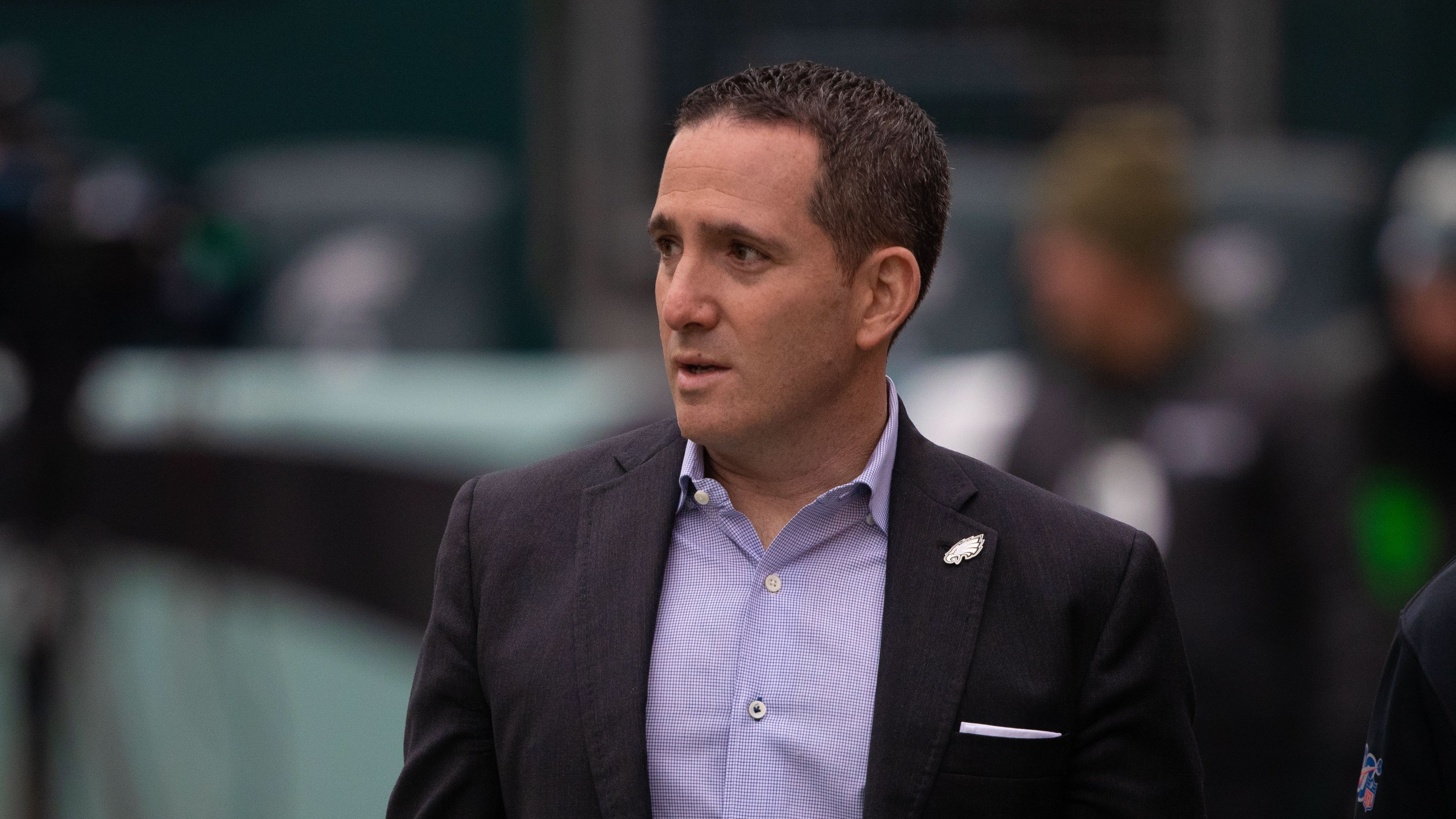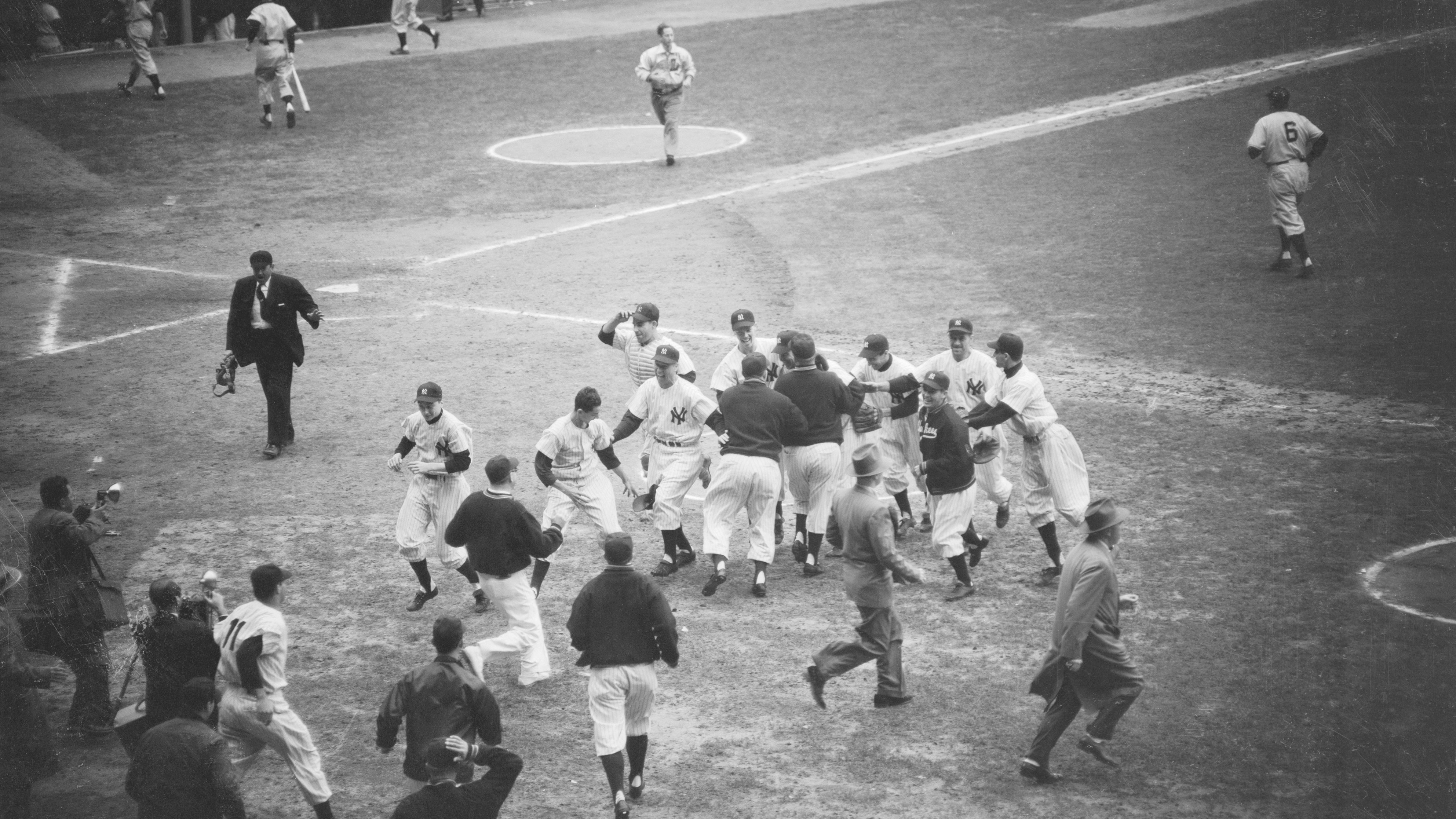Earlier this week we examined how defensive coordinator Sean McDermott has split up the duties on defense between core starters, major contributors and situational players. But those numbers only told part of the story: who's playing the most. To go the next step, we have to see when these players are on the field, and when they come off.
Most of the rotation happens along the defensive line. We know in general that Mike Patterson and Broderick Bunkley are often in there on running downs, and Trent Cole should be there all the time, but what do the substitutions actually look like?

The chart on the right (stats courtesy of Pro Football Focus) helps us see who's in to put pressure on the quarterback -- and who's not. Let's start from the bottom then work our way up.
Patterson and Bunkley have become situational players in the 2010 defense. The Eagles have long rotated the two big-bodied starters out on passing downs, but they're doing that more often than ever. Last year the two rushed the passer about 50 percent of the time that they were in. By taking them out more often, McDermott has given more rushing opportunities to players who actually cause pressure.
Interesting to see Brandon Graham on the Trent Cole diet of close to equal pass and run play percentages. Basically what that means is that the two of them play on almost every snap -- regardless of type. They are the Birds' most complete linemen.
Antwan Barnes basically does nothing but rush the passer, but Trevor Laws and Juqua Parker are more interesting here. Both played closer to equal percentages last year -- with Parker starting on a lot of run downs and Laws playing sparingly as a backup. This year McDermott's really utilizing their skills primarily to put pressure on the quarterback.
All of these percentages are interesting, since we see who McDermott's playing in what situation. But ultimately we also want to know how effective these players are. If Barnes is going to rush the passer 80 percent of the time, for example, he better be quite good at it.

That's where the second chart, to the right, comes in. I'm going to use the same Negative Plays per Rush statistic that I described before the season began. It's calculated by (Sacks + Hits + Pressures + Blocked Passes) / Total Pass Rushes.
Sports
In partnership with NBC Sports Philadelphia
Starting again at the lowest point, we can see that there's a reason Bunkley and Patterson are getting as few pass downs as possible -- they've gotten zero pressure on the QB.
All of the other players are doing great though. For context, you can look at my comparison of top pass rushers in the NFC East. Parker, Cole, and Graham are all performing at a higher level per this statistic than Cole did across all of last year. Or course they will all likely fall back somewhat to Earth, but at least so far McDermott's situational substitutions have worked effectively.
Smart offensive play callers can take advantage of these moves by doing the opposite of what the defensive line is set up to do, i.e. pass on first down with the starters in the game, then run against smaller pass rush specialists who come in on third. At that point, while the players may be better at one part of the game, it will be up to them to show they're not just situational defenders -- and can actually play complete defensive football.



